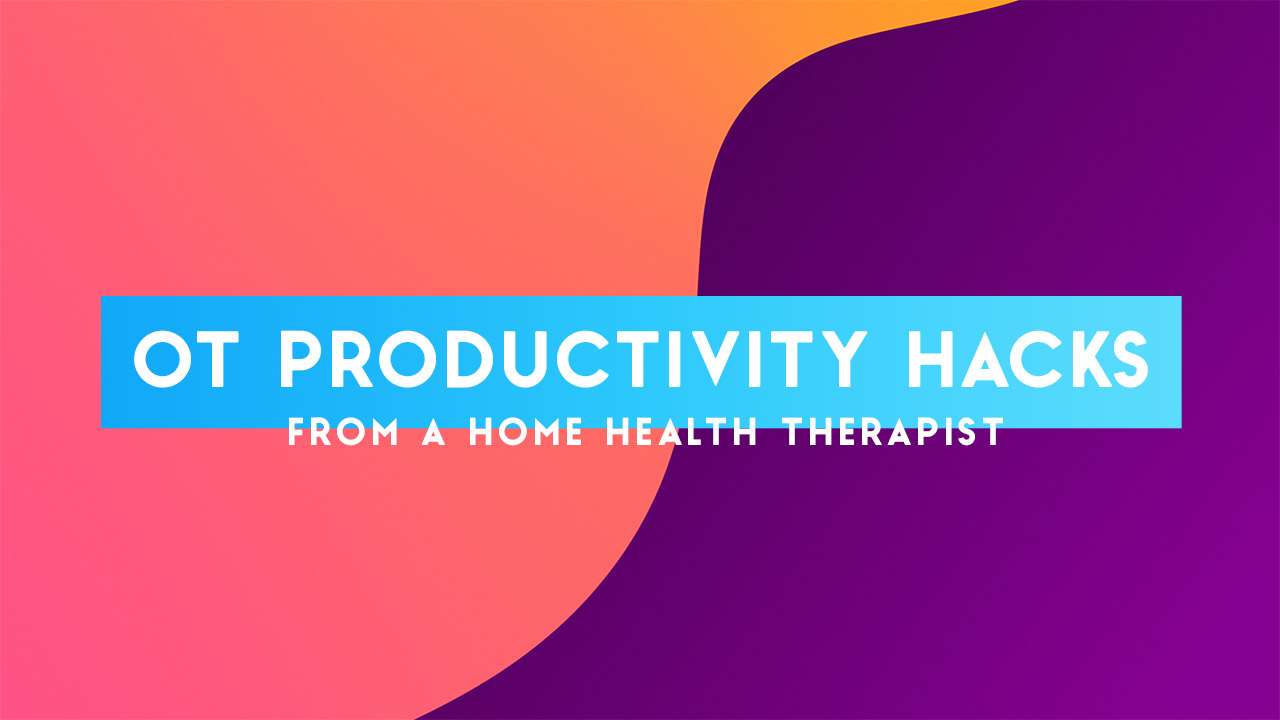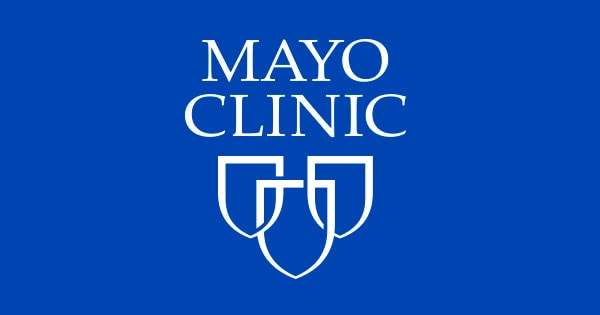What problems can ECT treat?
The National Institute for Health and Care Excellence (NICE) recommends that ECT is only used in certain situations.
These guidelines say that doctors can consider using ECT to treat severe depression if:
- You have a preference for having ECT based on your past experience of it
- You need a rapid response – for example, if your life is at risk so you need urgent treatment
- Other treatments such as medication and talking therapies haven’t helped you
NICE guidelines also recommend that doctors only use ECT for quick, short-term improvements to your health if you have:
- A severe or long-lasting episode of mania
- Catatonia (staying frozen in one position, or making very repetitive or restless movements)
Repeated ECT is only recommended if you have previously responded well to it, or if all other options have been considered.
The NICE guidelines do not recommend ECT for ongoing management of schizophrenia. They also don’t recommend it as a routine treatment for mild or moderate depression.
You can read full guidelines on the NICE website for using ECT to treat catatonia, mania or schizophrenia, and as one of the treatments for moderate or severe depression.
ECT is an effective treatment for some types of severe mental illness. It is usually considered when other treatment options, such as psychotherapy or medication, have not been successful or when someone is very unwell and needs urgent treatment.
ECT is given as a course of treatments, typically twice a week for 3–8 weeks. If you have ECT, it will take place under general anaesthetic. This means that you will be asleep while it happens.
While you are asleep, your brain will be stimulated with short electric pulses. This causes a fit which lasts for less than two minutes. As well as an anaesthetic, you will be given a muscle relaxant which reduces how much your body moves during the fit.
What conditions can ECT be used for?
ECT is most commonly used for severe depression that hasn’t responded to other treatments. It is also used to treat catatonia, an uncommon condition in which a patient may stop talking, eating or moving. Occasionally, it is used to treat people in the manic phase of bipolar disorder or when people have mixed symptoms of both mania and depression.
ECT is not advised for the treatment of anxiety disorders or most other psychiatric conditions. In the medium term , ECT can help the symptoms of schizophrenia that have not improved with medication. However, the long-term benefits, which require continued ECT, are less clear. For this reason, it is not often used in the UK.
When might your doctor suggest ECT?
ECT will usually be suggested if your condition:
- is life-threatening and you need to get better quickly to save your life
- is causing you immense suffering
- has not responded to other treatments, such as medication and psychological therapy
- has responded well to ECT in the past.
How effective is ECT?
Doctors treating people with ECT report that most people see an improvement in their symptoms. In 2018-2019, 68% of people who had been treated with ECT were “much-improved” or “very much improved” at the end of treatment (1,361 courses out of a total of 2,004). Some of these people were reported as showing no change in their condition and for a very small number of people (1%) it was reported that their condition was worse.
Treating depression
A large body of evidence shows that ECT is more successful in treating the most severe cases of depression than any other treatments that it has been compared to. These include:
- antidepressants
- placebos – where someone is given a substance or procedure that has no physical effect to test the effectiveness of new treatments
- neuromodulation treatments such as Transcranial Magnetic Stimulation (rTMS).
The risk of suicide is lower in people who have ECT than in comparable people who do not.
Staying well
ECT can help people who are very unwell to get better enough to have other kinds of treatments. This can help them stay well for longer.
Research suggests that people who have severe depression that hasn’t got better with medication are much more likely to get better and stay well for longer if they have ECT.
Of people who get better after having ECT, half of them will stay well for at least a year. This is more likely if they are given a treatment after they finish ECT, like antidepressants or lithium.
In comparison, people with severe depression that hasn’t got better after they have tried two different antidepressants have only a 5% chance of getting better and staying well for at least a year if they are given a third antidepressant.
How does ECT work?
The effects of ECT gradually build with each treatment. ECT causes the release of certain brain chemicals, which seem to stimulate the growth of some areas in the brain that tend to shrink with depression.
ECT also appears to change how parts of the brain which are involved in emotions interact with each other. There is ongoing research in this area to help us to understand more about how ECT works.
Are there different types of ECT?
ECT has changed and developed over the years. For example, the amount and form of electricity used has changed. This has reduced the chance of side-effects.
ECT is given in two ways: bilateral ECT and unilateral ECT. Your doctor will be able to explain more and help to advise you on which type of ECT would suit you better.
With bilateral ECT the stimulating electrical pulses pass across your head, between your temples. With unilateral ECT, they pass between your right temple and the top of your head. Bilateral ECT may work more quickly, while unilateral ECT has less of an effect on memory. There is further information about side effects later on in this resource.
Can ECT be used in children or young people?
ECT is not used in children under the age of 11. Children between 11 and 18 rarely develop the kind of mental illnesses that respond well to ECT, but for a small number who do, ECT can be helpful. A formal, independent second opinion is required before it can be given.
Why are we still using electroconvulsive therapy? 
The use of electricity to treat mental illness started out as an experiment in the 1930s
Continue reading the main story
Related Stories
The idea of treating a psychiatric illness by passing a jolt of electricity through the brain was one of the most controversial in 20th Century medicine. So why are we still using a procedure described by its critics as barbaric and ineffective?
Sixty-four-year-old John says his breakdown in the late 1990s was triggered by the collapse of his marriage and stress at work.
“We had a nice house and a nice lifestyle, but it was all just crumbling away. My depression was starting to overwhelm me. I lost control, I became violent,” he explains.
John likens the feeling to being in a hole, a hole he could not get out of despite courses of pills and talking therapies.
But now, he says, all of that has changed thanks to what is one of the least understood treatments in psychiatry – electroconvulsive therapy (ECT).
“Before ECT I was the walking dead. I had no interest in life, I just wanted to disappear. After ECT I felt like there was a way out of it. I felt dramatically better.”
The use of electricity to treat mental illness started out as an experiment. In the 1930s psychiatrists noticed some heavily distressed patients would suddenly improve after an epileptic fit.

Please turn on JavaScript. Media requires JavaScript to play.
Passing a strong electric current through the brain could trigger a similar seizure and – they hoped – a similar response.
By the 1960s it was being widely used to treat a variety of conditions, notably severe depression.
But as the old mental asylums closed down and aggressive physical interventions like lobotomies fell out of favour, so too did electroshock treatment, as ECT was previously known.
The infamous ECT scene in One Flew Over the Cuckoo’s Nest cemented the idea in the public’s mind of a brutal treatment, although by the time the film was released in 1975 it was very rarely given without a general anaesthetic.
Perhaps more significantly, new anti-depressant drugs introduced in the 1970-80s gave doctors new ways to treat long-term mental illness.
But for a group of the most severely depressed patients, ECT has remained one of the last options on the table when other therapies have failed.
Annually in the UK around 4,000 patients, of which John is one, still undergo ECT.
“It’s not intuitive that causing seizures can be good for depression but it’s long been determined that ECT is effective,” says Professor Ian Reid at the University of Aberdeen, who heads up the team treating John.
ECT procedure (Warning: Some may find images upsetting)
Continue reading the main story 
The patient lies on a bed and is questioned about their recent well-being while their blood pressure is measured and ECG electrodes monitoring heart activity and an oxygen sensor are attached. A cannula is inserted into one hand for the intravenous administration of anaesthetic and muscle relaxant.

EEG electrodes monitoring electrical activity in the brain are attached and a blood pressure cuff placed on the other arm to prevent muscle relaxant flooding it and a rubber grip placed in hand – leaving this limb untreated allows medics to assess the convulsive response. Anaesthetic and then muscle relaxant administered as the patient is given manual ventilation to oxygenate their system and hyper inflate lungs.

A mouth guard is put between patient’s teeth to prevent damage during shock and convulsions, and electrodes are applied to the temples. The electric shock is administered for about four seconds. Immediately afterwards the patient convulses for up to 60 seconds. On average patients convulse for 20 seconds.

Once the convulsions cease the patient is moved to a recovery room where they are monitored and given oxygen. After about 10 minutes the patient regains consciousness. Assuming that the procedure has gone smoothly the patient usually leaves hospital within two to three hours.
Continue reading the main story
previous slide
next slide
In the 75 years since ECT was first used scientists have argued about why and how it might work.
The latest theories build on the idea of hyperconnectivity. This new concept in psychiatry suggests parts of the brain can start to transmit signals in a dysfunctional way, overloading the system and leading to conditions from depression to autism.

Please turn on JavaScript. Media requires JavaScript to play.
Prof Reid and his colleagues used MRI scanners to map the brains of nine patients before and after treatment.
In an academic paper in 2012 they claimed ECT can “turn down” overactive connections as they start to build, effectively resetting the brain’s wiring.
“For the first time we can point to something that ECT does in the brain that makes sense in the context of what we think is wrong in people who are depressed,” Prof Reid says. “The change that we see in the brain connections after ECT reflects the change that we see in the symptom profile of patients who generally see a big improvement.”
But passing electricity through the most complex organ in the body is not without risk. Many doctors think the side-effects of ECT can be so serious they outweigh any possible benefits.
Helen Crane was given two rounds of ECT in the late 1990s. She now blames the second course for wiping years of her memory, from trips abroad to dramatic family events.
“After ECT, I had this instinct that something was wrong with my mother. I said to my husband ‘What’s happened to my mother?’ And then he had to tell me that she’d died nearly two years earlier,” she says.
“It was devastating going through bereavement again. How on Earth could I have forgotten something so important and fundamental? Getting words wrong is frustrating, but to have lost really basic stuff in your life is awful.”
Continue reading the main story
“
Start Quote
I’m convinced that in 10 or 15 years we will have put ECT in same rubbish bin of historical treatments as lobotomies and surprise baths that have been discarded over time”
End Quote
Dr John Read
University of Liverpool
Critics of ECT claim around a third of patients will notice some sort of permanent change from memory loss to problems with speech and basic skills like addition.
“What happens is a little like recharging a car battery,” says the psychologist Dr John Read from the University of Liverpool, one of the most vocal critics of ECT.
“It’s not difficult to get artificial changes in the brain, you could do it with cocaine, but it doesn’t last and three or four weeks later the person is either back at the same level of depression or many studies show worse levels of depression.”
Opponents say that ECT patients can enter into an addictive cycle of repeated treatment and that any improvement beyond the very short term is likely to be little more than an extreme form of the placebo effect, with patients benefitting psychologically from the extra care and medical attention associated with ECT.
“It’s not in any way addressing the cause of their depression. It’s systematically and gradually wiping out their memory and cognitive function,” says Dr John Read.
“I’m convinced that in 10 or 15 years we will have put ECT in same rubbish bin of historical treatments as lobotomies and surprise baths that have been discarded over time.”
Continue reading the main story
ECT in the UK
- Women are twice as likely to be given ECT as men, reflecting the general pattern of serious depression in society
- Around a third of patients are too ill to give their consent
- Across the UK as a whole it is thought around 4,000 people a year are given ECT
- Scottish hospitals alone still treat 370 people a year, according to the latest figures.
But Prof Reid says when weighing up the risks and benefits of the treatment “it is important to realise that the people who are treated with ECT are suffering from an illness that could kill them”.
“Depression is associated with a measurable mortality. It can be lethal. Untreated patients can die.”
The team in Aberdeen now hope their research will allow drug companies to develop new treatments that mimic some of the effects of electroconvulsive therapy.
“One of the exciting things about being able to identify a change in the brain related to a psychiatric disorder is that it might make it easier to diagnose that condition over time,” Prof Reid says.
“No one would be happier than me if we could reproduce the changes that ECT has on the brain in a less invasive and safer way for patients.”

Please turn on JavaScript. Media requires JavaScript to play.




